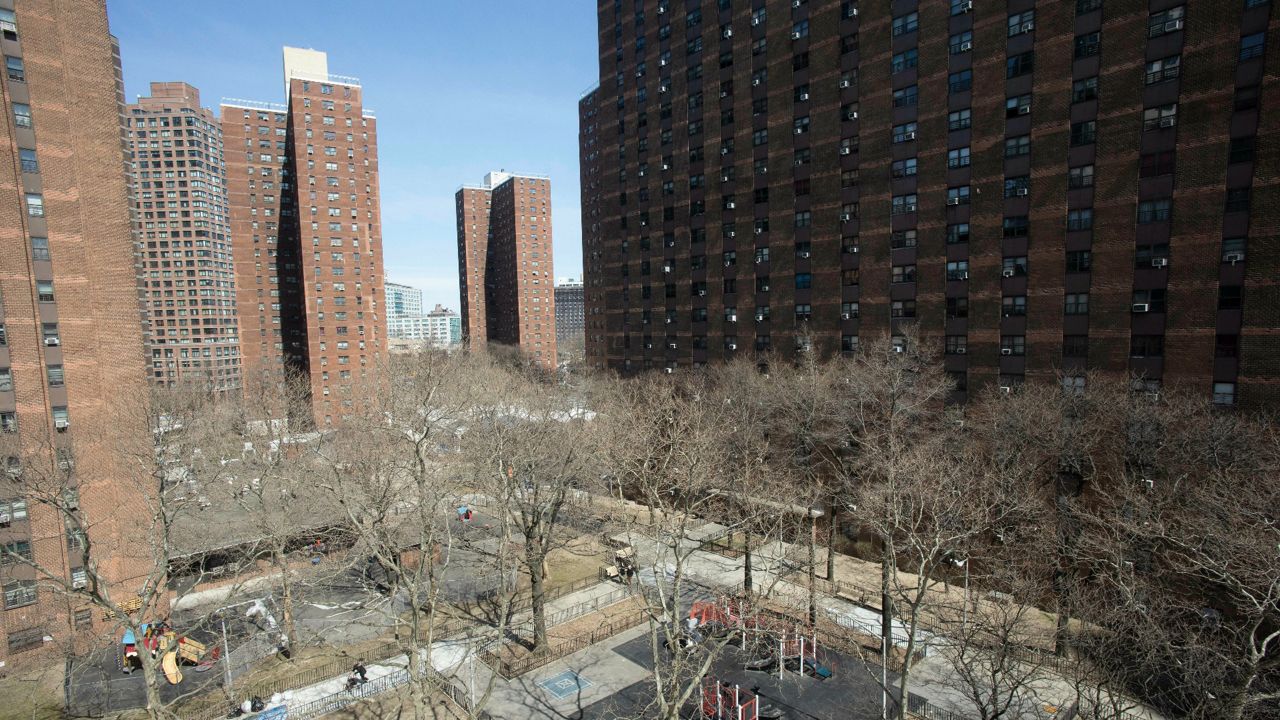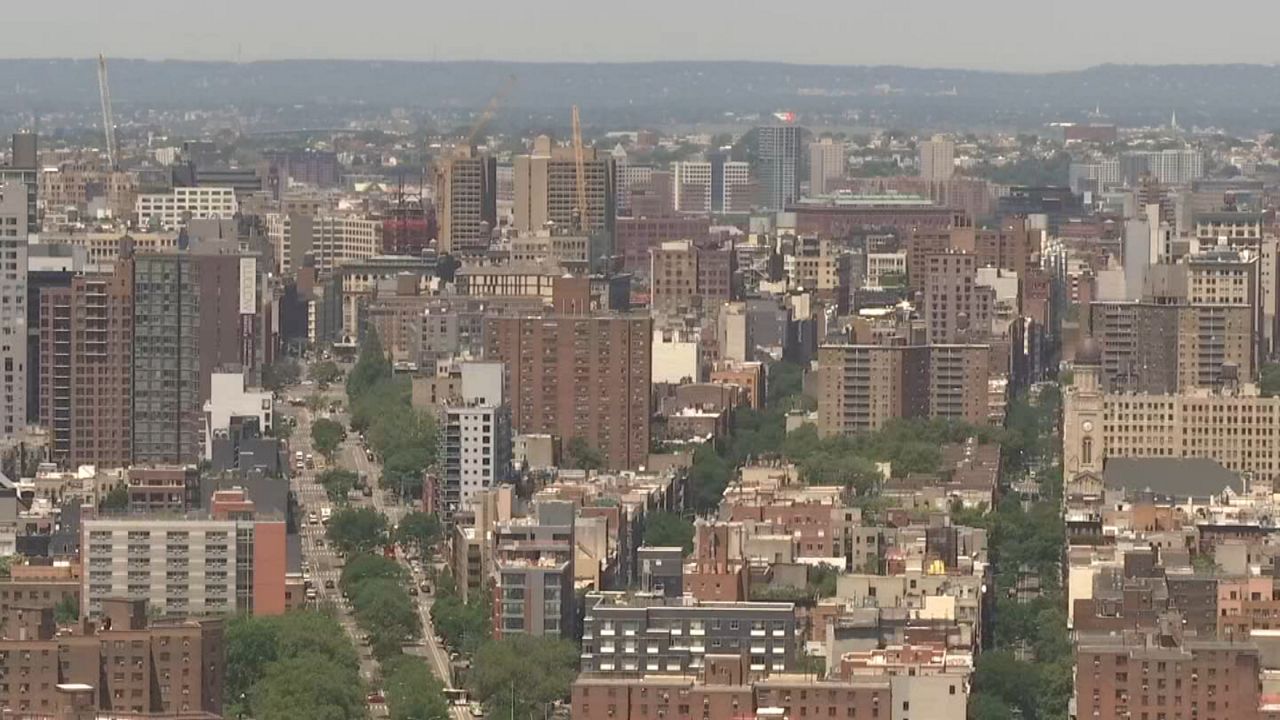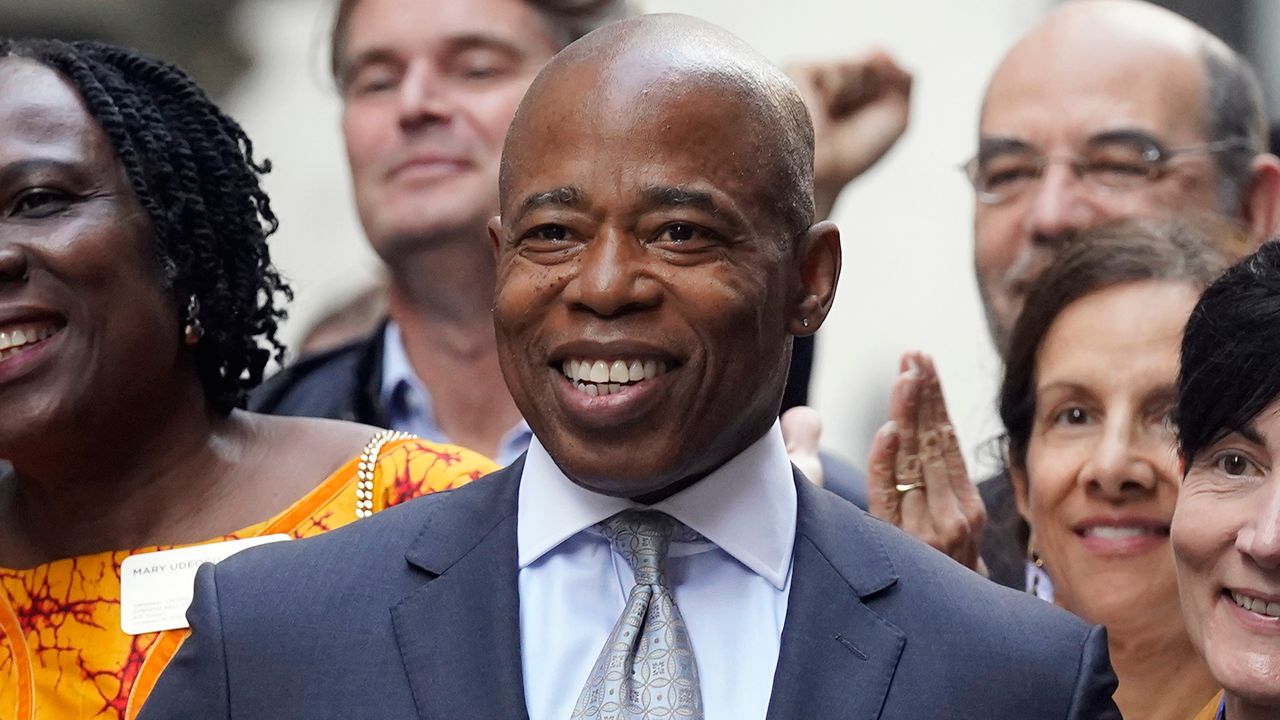Nearly 6,000 units in the city’s public housing system are vacant, administration officials said at a City Council hearing Tuesday — and they stay vacant, on average, for close to a year.
While the New York City Housing Authority’s vacancy rate — 3.7% — is lower than the citywide average, as well as the national average for public housing, according to the officials, the units are sitting vacant as the homeless shelter system buckles from an influx of asylum seekers.
The vacancy rate is also much higher than recent years: In 2015, it was 1%, and in February 2022 it was 1.9%.
Council members prodded NYCHA officials for reasons why vacancies are increasing, pointing to unfilled maintenance worker positions and the lack of a dedicated staffing team for turning over newly empty apartments
They also questioned whether NYCHA has resumed widespread evictions.
Councilman Rafael Salamnca Jr., noted that his Bronx district had 163 vacancies across its NYCHA developments at the end of last year, up from 36 in 2021.
“How is that even possible?” Salamanca said. “It just doesn’t make sense. Where are these families going?”
NYCHA officials said that their law department had resumed evictions in some cases where residents had not paid rent. Members of the authority’s law department did not attend the hearing.
Eva Trimble, NYCHA’s chief operating officer, noted that vacancies have gone up since more stringent standards for reducing lead in city apartments went into effect last July. The changes have required retraining for contractors, and have made lead abatement more time-consuming, she said, on top of standard repairs and fixes required when tenants leave their long-time apartments.
“That work is performed mostly by NYCHA staff, and that work competes with work in other units,” Trimble said.
Under the authority’s current process, it takes up to four months just to investigate lead in a unit; if lead is discovered, the abatement process can take up to six additional months.
For the 5,964 vacant units in NYCHA developments, the average vacancy time is 350 days. Trimble noted that included in that count are 992 units considered temporarily off the rent rolls because they require more intensive repairs; without those units, the remaining 4,972 units have an average vacancy time of 233 days.
The authority is on track to turn over 2,283 units in the current fiscal year, Trimble said — between 150 and 250 units a month.
Councilman Lincoln Restler pointed to widespread staffing vacancies at city agencies, including NYCHA, as a possible cause for the slowdown in turning over units, and noted that the city could spend funding that goes to housing families in homeless shelters to speed up turnovers.
Trimble said she did not have current information on staffing vacancies at the agency.
“I’d rather fix up the apartments and provide permanent housing,” Restler said.
“I agree with you, and I appreciate the support,” Trimble said.






 CC Bk Unlawful Evictions)
 Pkg IBO Housing Report CG)
